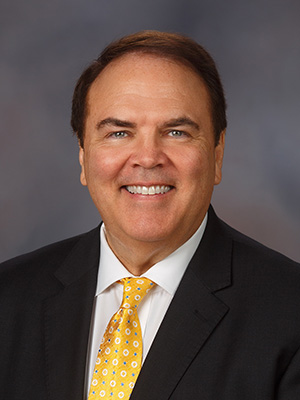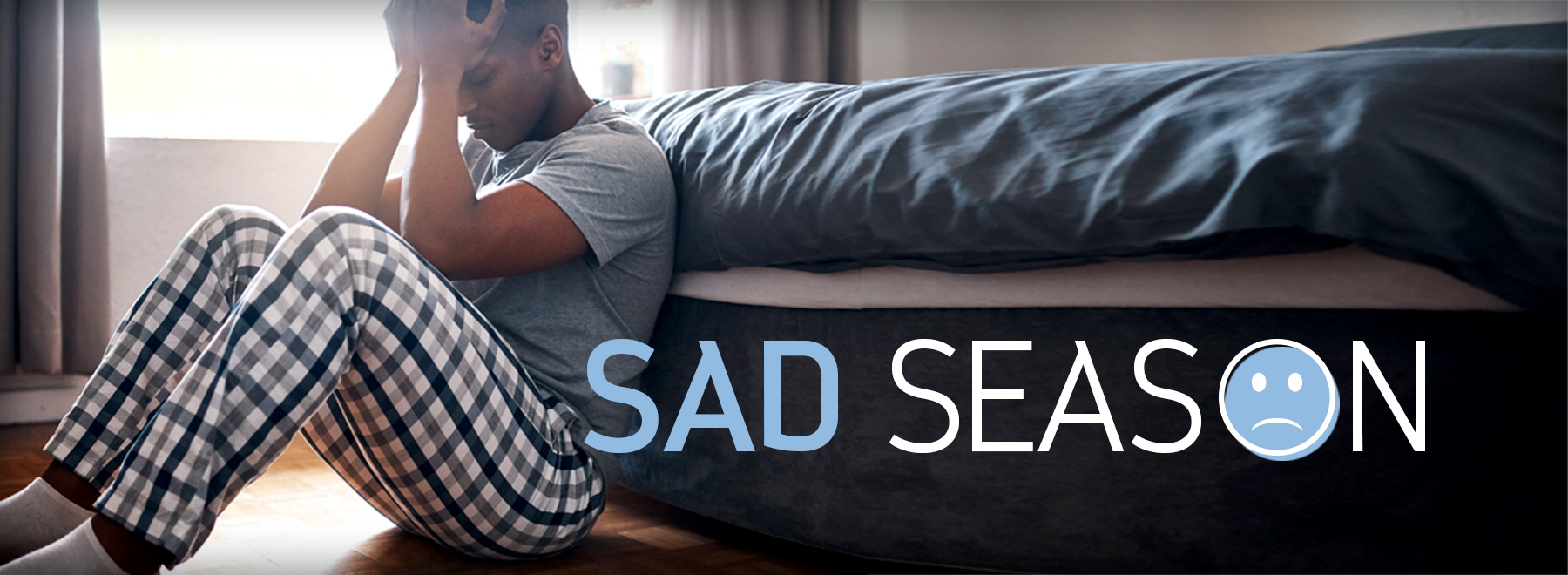SAD sight to behold: Winter blues bring depressive symptoms
It’s open season on enthusiasm and energy – and even on happiness and hope.
It’s the season of SAD – Seasonal Affective Disorder, also called “the winter blues.”
For many, this period of bleak, sun-sapped months beginning in the fall will peak in perniciousness in January and February, distressing some 10 million Americans, while another 10 to 20 percent experience milder symptoms.

“SAD looks like depression,” said Dr. Saurabh Bhardwaj, an assistant professor of psychiatry and human behavior and medical director of the addictions program at the University of Mississippi Medical Center. “During the wintertime, this depression returns for some people. They have a loss of interest in certain activities, they no longer take pleasure in them. Their sleep is disturbed. They have no energy to do anything.
“In the extreme, they might feel worthless, hopeless, even suicidal – although we don’t normally see that. But it can interfere with your daily life.”
That is the case for the five percent of adults overwhelmed by SAD for about four or five months of the year.

“We don’t have the same weather the North has, so we don’t see it here as much,” said Dr. Mark Ladner, professor of psychiatry and human behavior and director of the Division of Adult Psychiatry at UMMC. “But we do see some variability in mood here during this season.
“While it’s similar to depression, with the typical depression picture there is a loss of sleep and appetite. With SAD, you might see people sleep more and eat more; it’s like hibernation.”
The chief culprit in the cause of wintertime SAD is not known for certain, Bhardwaj said, but its arrival is linked to the relative dark days of this interval. He and Ladner, along with other experts, name these likely suspects:
- A disruption of the biological clock, or circadian rhythm: A lack of sunlight may foil the body’s internal clock, which is tuned to the day-night cycle.
- A drop in serotonin levels: This brain chemical, or neurotransmitter, is a major player when it comes to mood. With less sunlight, there can be less serotonin and, therefore, more SAD.
- A blip in the balance of melatonin levels: Arriving with a change in season, this can unsettle sleep patterns and mood, as this hormone is a soldier in the body’s sleep army.
“Light has to shine into the pupil of the eye to trigger the hormonal response,” Ladner said. “If you lose the light, you lose stimulation.”
Genetics could be involved as well, Bhardwaj said. SAD is more common in women than men. It can strike anyone of any age, but the most susceptible are between the ages of 20 to 30.
Physical symptoms include fatigue – even for those who may sleep a lot – weight gain and a yen for cookies, candy, crackers, corn or other carbohydrates.
“If you see that this is affecting you, you need to find out how severe it is – to see if you need medication or if you can wait it out until the weather gets better,” Bhardwaj said. “First, talk to your primary care doctor or psychiatrist.”
Sometimes, SAD may co-exist with another psychiatric condition, he said.
“You may have, for instance, anxiety, underlying SAD. So it’s important to tease out these symptoms.”
Among the treatments is, of course, light therapy, Ladner said.
“For this, you can buy a certain type of lamp.”
These lamps, as well as light therapy boxes, offer good impressions of natural light and are available at regular retailers or on online shopping sites.
“They come with certain dosages, a certain lux of light,” Ladner said.
Medication may also be in the cards.
“With depression, first-line treatments are the anti-depressants,” Bhardwaj said, “but the preference is to combine that with light therapy.”
Lifestyle changes, such as exercising and trying to maintain your regular sleeping patterns, may also help, he said.
Sadly, SAD has a seasonal counterpart, Ladner said.
“In the summer, when people get super-hot, they can get irritable and depressed as well. Here, I actually see more of what’s called ‘Summer Depression’ or ‘Summer SAD.’ Patients have insomnia, decreased appetite.”
Physiologically speaking, there are no “clear answers” to why that happens, Bhardwaj said.
“It’s not well-studied. It needs further research.”
What is clear, though, is some people must also cope with SAD’s opposite number, mood-wise.
“My bipolar patients will often have mood elevation in the spring, leading to manic episodes with insomnia and rapid speech,” Ladner said.
Psychologically speaking, to rephrase the Scriptures: For every season, there is a thing.
The above article appears in CONSULT, UMMC’s monthly e-newsletter sharing news about cutting-edge clinical and health science education advances and innovative biomedical research at the Medical Center and giving you tips and suggestions on how you and the people you love can live a healthier life. Click here and enter your email address to receive CONSULT free of charge. You may cancel at any time.



